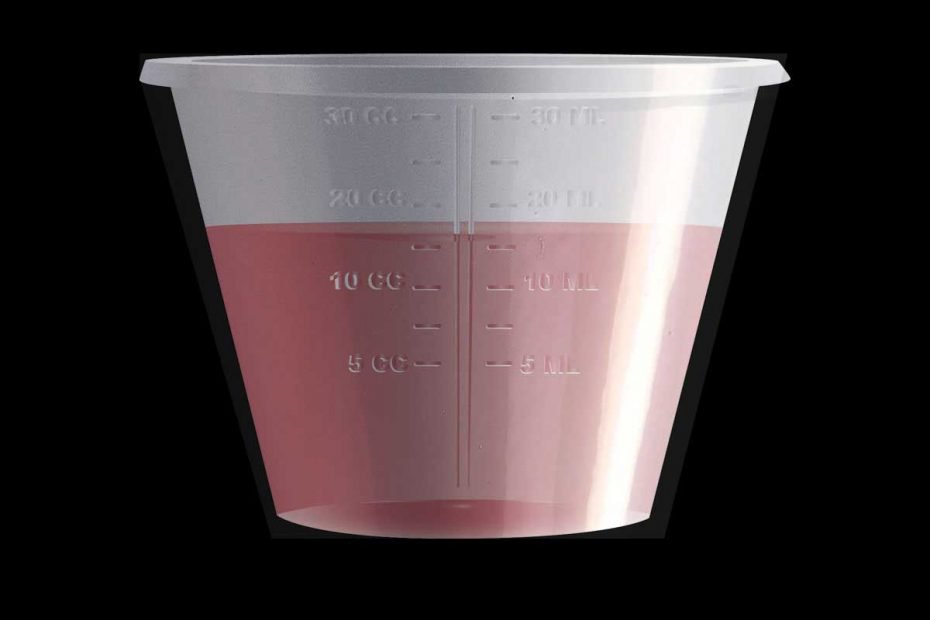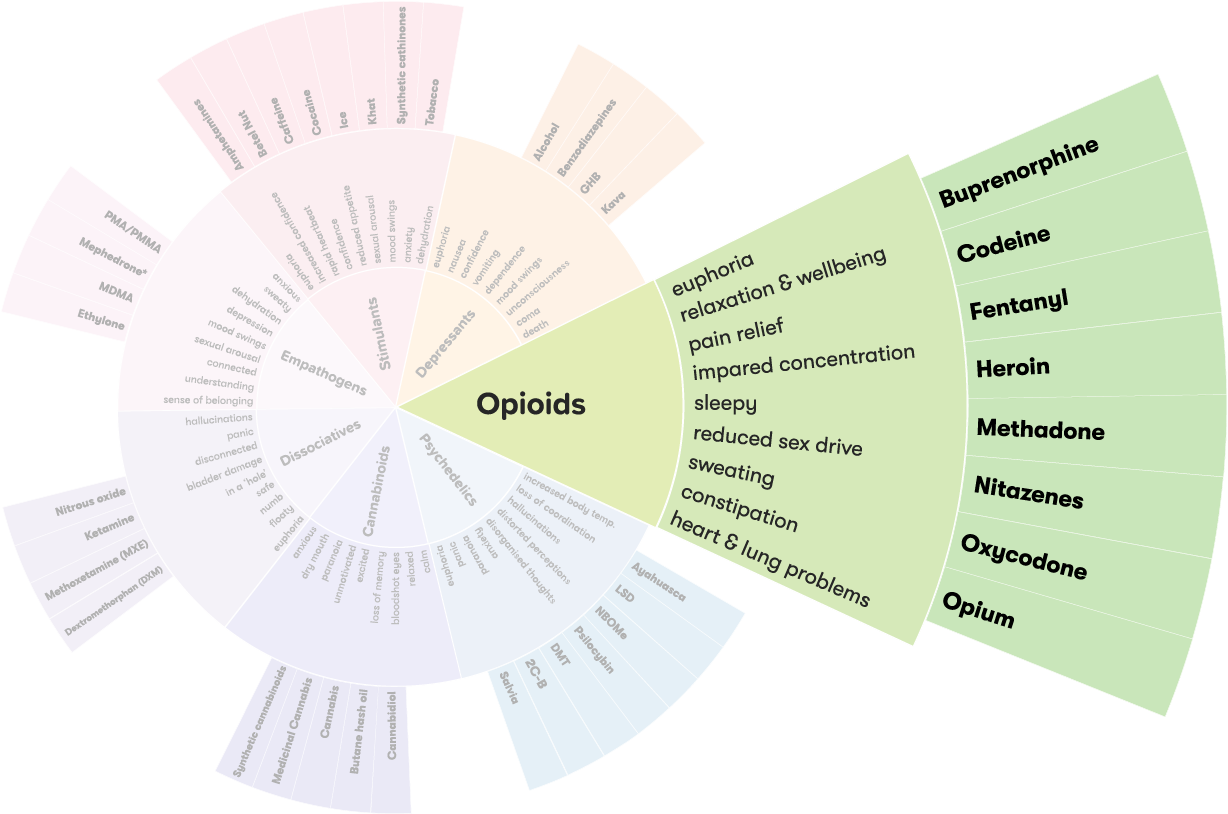How is it used?
Suboxone Sublingual Film® is placed under the tongue to dissolve. The film will not work properly if it is chewed or swallowed.2
Subutex Sublingual Tablets® are also placed under the tongue to dissolve and will not work properly if chewed or swallowed.3
Buvidal® and Sublocade® are injected under the skin (subcutaneously) by a treatment provider or health professional in the buttock, thigh, abdomen or upper arm. It is injected as a liquid and, once inside the body, turns to a solid gel called a depot.4
How effective is it?
Buprenorphine treatment is more likely to be successful if it is part of a comprehensive treatment program, which addresses the body, mind and environment in which opioids have been used.
For example, treatment may include a combination of buprenorphine, counselling, alternative therapies and the development of a positive support network of peers, friends and a support group.1
Buprenorphine maintenance
Buprenorphine maintenance may not work for everyone, so it is important to work with a doctor or drug counsellor to find the best approach.
Advantages of buprenorphine maintenance over heroin use
- Using buprenorphine on its own is unlikely to result in an overdose.
- Buprenorphine maintenance keeps the person stable while they make positive changes in their lives.
- Health problems are reduced or avoided, especially those related to injecting, such as HIV, hepatitis B and hepatitis C viruses, skin infections and vein problems.
- Doses are required only once a day or monthly/weekly, as buprenorphine’s effects are long-lasting
- Buprenorphine is much cheaper than heroin.5
Effects of buprenorphine
Use of any drug can have risks. It’s important to be careful when taking any type of drug. Even medications can produce unwanted side effects.
Buprenorphine affects everyone differently, based on:
- size, weight and health
- whether the person is used to taking it
- whether other drugs are taken around the same time
- the amount taken.
Side effects
The most common side effects of buprenorphine are:
- constipation
- headache
- increased sweating
- tiredness or drowsiness (especially after a dose)
- loss of appetite, nausea and vomiting
- abdominal pain
- skin rashes, itching or hives
- tooth decay
- changes to periods (menstruation)
- lowered sex drive (males and females)
- weight gain (particularly for females).1,6
Dose-related effects
Some people on buprenorphine programs may experience unwanted symptoms during treatment, particularly at the beginning due to their dosage not being right for them.
If the dose is too low, the following symptoms may be experienced:
- headaches
- agitation
- anxiety
- sleep disturbances
- cravings for the drug they were dependant on1
Overdose
Buprenorphine is less likely to cause overdose because of its ‘ceiling effect’. This means the drugs impact on the body has a limit after a certain amount and taking higher doses won’t increase the effects.1
Overdose is more likely to occur if combined with other sedatives/depressants such as benzodiazepines and alcohol, or if the person using buprenorphine has a low-opioid tolerance.1
If an overdose does occur, the following symptoms may be experienced. Call an ambulance straight away by dialling triple zero (000) if you or someone else has any of these symptoms (Emergency services are there to help and can provide instructions over the phone):
- slow, shallow breathing
- slack muscles
- occasional seizures
- drowsiness or unconsciousness
- cold, clammy skin with blueish/grey colour
- coma.1,6
Naloxone (also known as Narcan®) reverses the effects of heroin and other opioids, particularly in the case of an overdose. Naloxone can be injected intramuscularly (into a muscle) or delivered by intranasal spray. Read more about naloxone.
Mixing buprenorphine with other drugs
Mixing buprenorphine with other drugs can have unpredictable effects and increase the risk of harm.
- Buprenorphine and alcohol/benzos/GHB/Ketamine: high risk of overdose, impaired coordination, passing out, difficulty breathing, nausea, vomiting, memory loss, and possible death.7-9
- Bupenorphine and ice/speed/cocaine: buprenorphine lowers your heart rate while stimulants speed it up, masking the effects of each other. Depending on how much you take, you could overdose on either drug if one wears off before the other.1,7
Reducing harm
There are ways in which you can reduce the risks associated with using buprenorphine:
- Use only the recommended dose and take as instructed
- Speak with your doctor about your ability to drive or operate machinery. It is usually recommended that during induction or dose changes that patients should be advised not to drive or use machinery
- If you experience any side effects or discomfort, consult with your doctor to ensure your dose is correct and that buprenorphine is right for you
- Avoid mixing with other drugs, especially depressant drugs such as benzodiazepines, alcohol or other opioids.1, 7-9
Withdrawal
Withdrawal from long-term use of buprenorphine may produce some symptoms similar to those experienced through heroin withdrawal.2, 3, 10, 11 It is recommended that withdrawal from buprenorphine is achieved gradually under medical supervision to prevent discomfort and unpleasant effects for the person.1 Withdrawal symptoms vary from person to person, but may include:
- cold or flu-like symptoms
- headache
- sweating
- aches and pains
- difficulty sleeping
- nausea
- mood swings
- loss of appetite.1
These effects usually peak in the first 2 to 5 days. Some mild effects may last a number of weeks.
Getting help
If your use of alcohol is affecting your health, family, relationships, work, school, financial or other life situations, or you’re concerned about a loved one, you can find help and support.
Call the National Alcohol and Other Drug Hotline on 1800 250 015 for free and confidential advice, information and counselling about alcohol and other drugs
Help and Support Services search
Find a service in your local area from our list. Simply add your location or postcode and filter by service type to quickly discover help near you.
If you're looking for other information or support options, send us an email at druginfo@adf.org.au
Path2Help
Not sure what you are looking for? Try our intuitive Path2Help tool and be matched with support information and services tailored to you.
Find out more
Using buprenorphine without a prescription from a doctor, or selling or giving it to someone else, is illegal. There are also laws against forging or altering a prescription or making false representation to obtain buprenorphine or a prescription for it.12
See also, drugs and the law.
- On a given day across Australia, approximately 55,700 people received opioid pharmacotherapy treatment.13
- On a snapshot day in 2022:
- 23.6% of pharmacotherapy clients received buprenorphine
- 15.6% of pharmacotherapy clients received buprenorphine-naloxone
- Gowing L, Ali R, Dunlop A, Farrell M et al. National Guidelines for Medication-Assisted Treatment of Opioid Dependence: Australian Government Department of Health; 2014 [03.11.2022].
- NPS MedicineWise. Suboxone Film 2021 [12.10.2023].
- NPS MedicineWise. Subutex 2021 [12.10.2023].
- Lintzeris N, Dunlop A, Masters D. Clinical guidelines for use of depot buprenorphine (Buvidal® and Sublocade®) in the treatment of opioid dependence. Sydney: NSW Ministry of Health; 2019 12.10.2023].
- Wodak A. Drug treatment for opioid dependence 2001 [cited 2019 November, 27 ].
- Upfal J. The Australian Drug Guide: Every Person's Guide to Prescription and Over-the-counter Medicines, Street Drugs, Vaccines, Vitamins and Minerals. Melbourne: Black Inc.; 2006 [17.11.2023].
- Psychonaut Wiki. Buprenorphine 2022 17.10.2023].
- Australian Prescriber. Buprenorphine 2001 [17.10.2023].
- Harm Reduction Victoria. Opioids [20.06.2023].
- NPS Medicinewise. Suboxone Film 2018 [cited 2019 November, 27 ].
- NPS Medicinewise. Subutex 2018 [cited 2019 November, 27 ].
- Austlii Victorian Current Acts. DRUGS, POISONS AND CONTROLLED SUBSTANCES ACT 1981 - SECT 36B Unauthorized possession etc. of poison or controlled substance etc. Victorian.d. [18.10.2023].
- Australian Institute of Health and Welfare (AIHW). National Opioid Pharmacotherapy Statistics Annual Data collection 2023 [17.11.2023].

